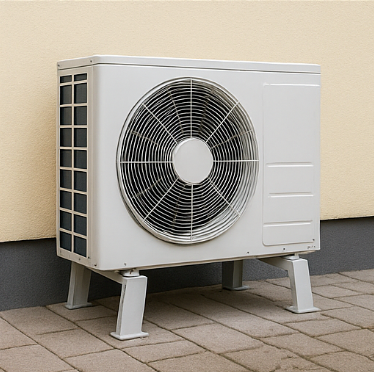How Defrost Cycles Impact Your Heat Pump's Efficiency
Air source heat pumps are an efficient way to heat your home, especially during colder months. However, understanding the air source heat pump defrost cycle is crucial for optimal performance and efficiency.
What is the Defrost Cycle?
The
heat pump defrost process removes frost from the outdoor unit. Frost build-up can hinder the system's ability to transfer heat, reducing
air source heat pump efficiency. During the defrost cycle, the heat pump temporarily reverses its operation to melt the frost, ensuring the system functions effectively.
Importance of Defrost Cycles
Frost can significantly affect heat pump performance in winter. The defrost cycle helps maintain efficiency by preventing
heat pump frost build-up. Regular defrosting ensures the heat pump operates smoothly, providing consistent heating and maximising energy savings.
Frequency and Troubleshooting
The
frequency of the defrost cycle depends on several factors, including outdoor temperature and humidity levels. Typically, the cycle should occur every 30 to 90 minutes, but this can vary. If you notice irregular defrost cycles, it might be time for
defrost cycle troubleshooting. Common issues include sensor malfunctions or blocked airflow, which can be addressed through regular
air source heat pump maintenance.
Tips for Optimising Performance
To ensure your heat pump operates at its best, consider these tips for optimising heat pump performance:
- Regular Maintenance: Schedule routine check-ups to keep the system running efficiently.
- Clear Obstructions: Ensure the outdoor unit is free from debris and obstructions that could impede airflow.
- Monitor Defrost Cycles: Keep an eye on the defrost cycle frequency and address any irregularities promptly.
Understanding and managing the defrost cycle can enhance your heat pump's efficiency and longevity.
Proper maintenance and timely troubleshooting will help you get the most out of your air source heat pump, ensuring a warm and comfortable home throughout winter.












